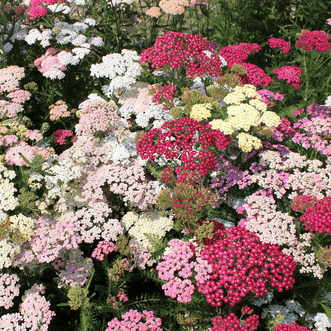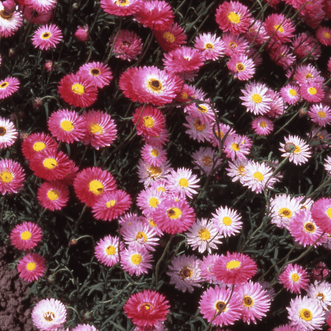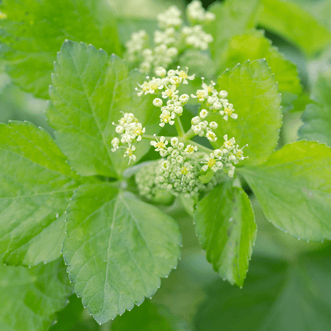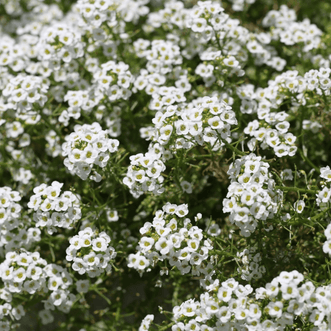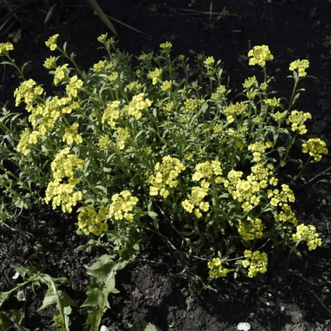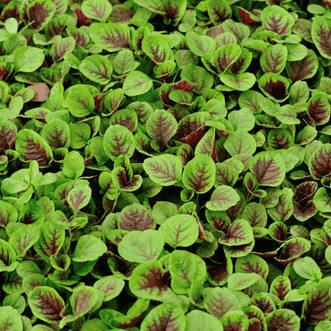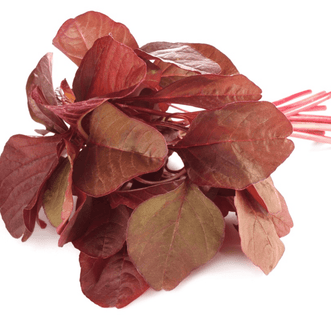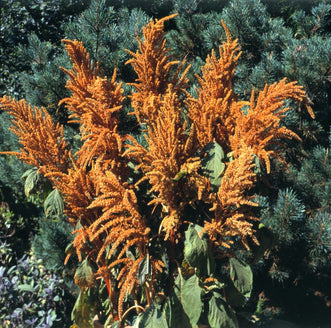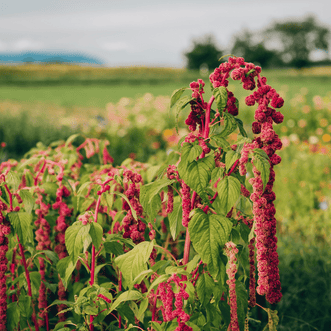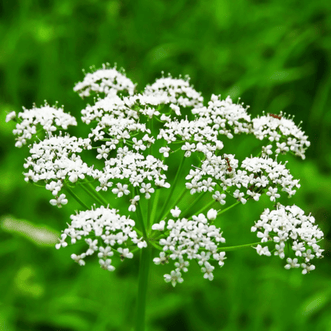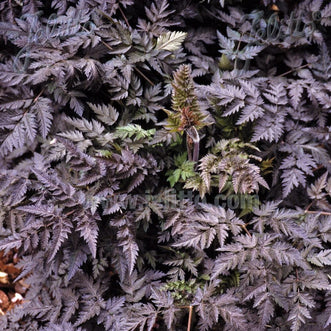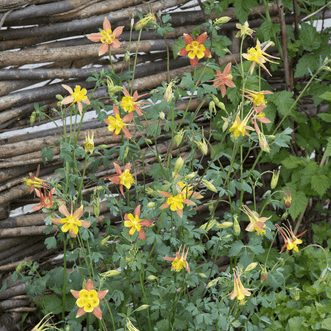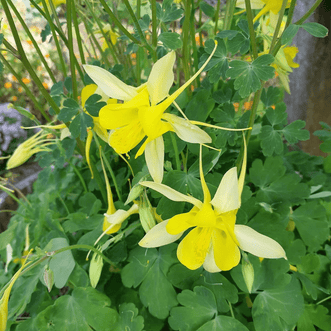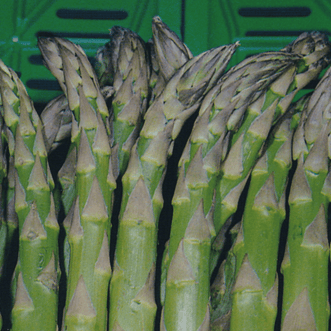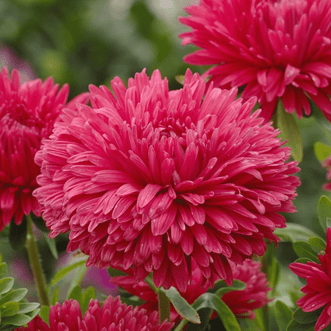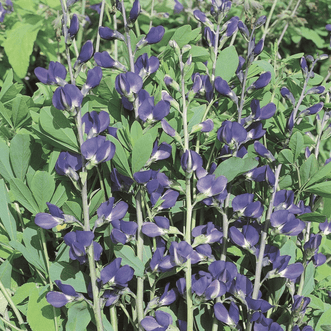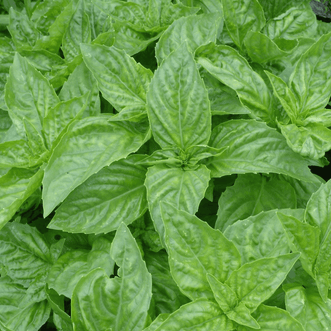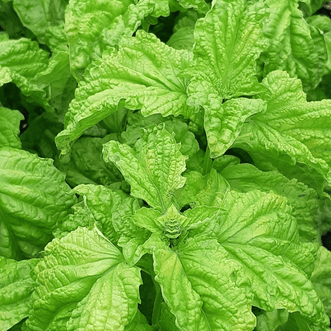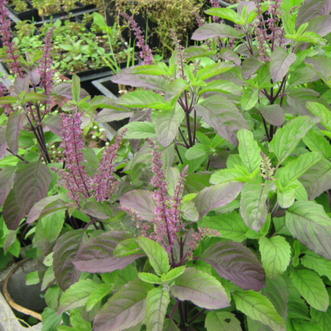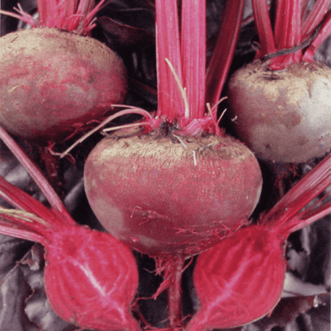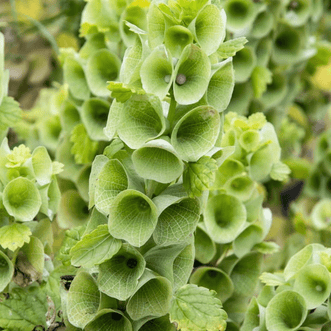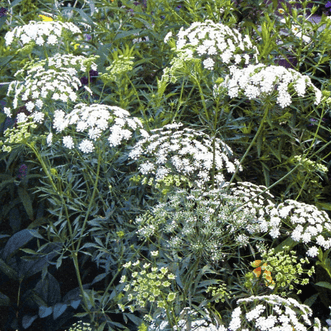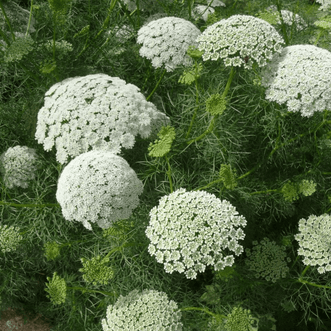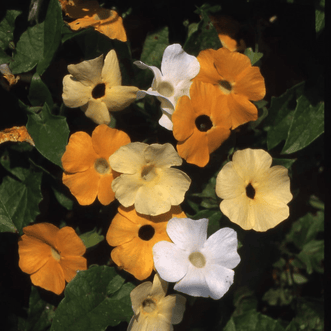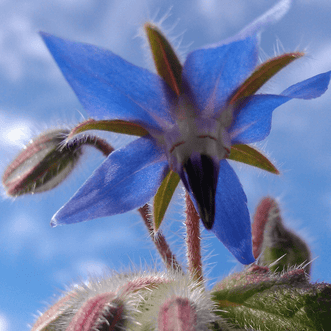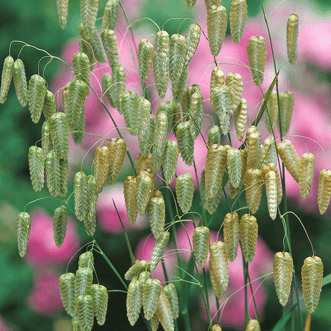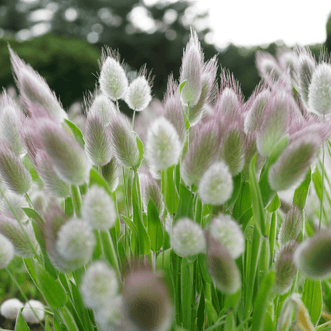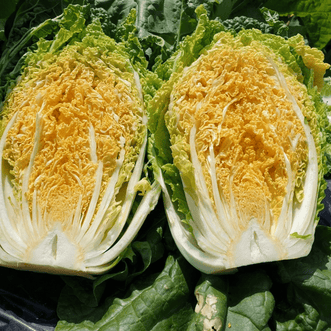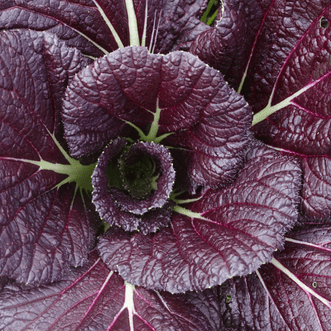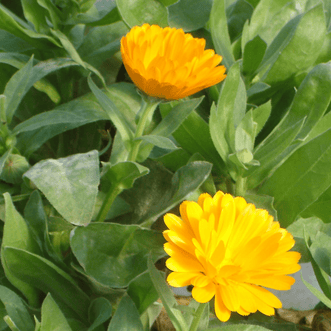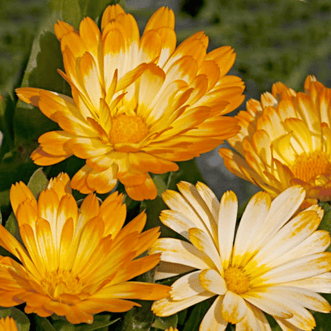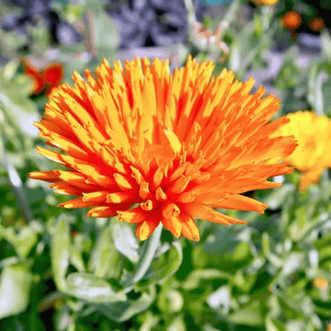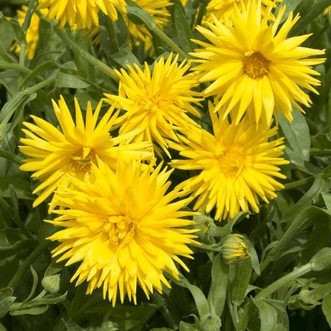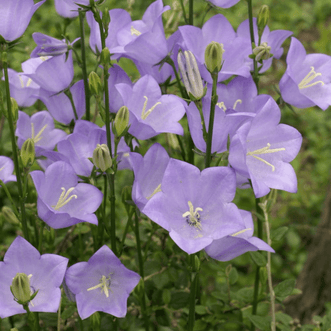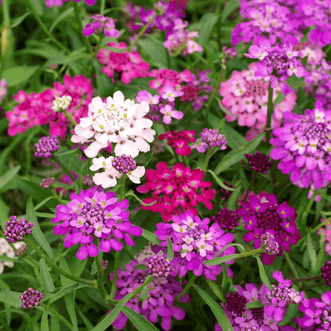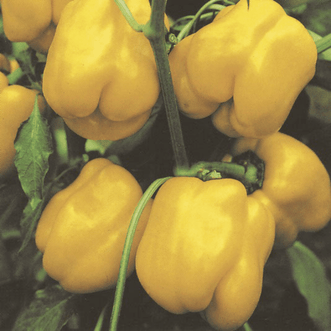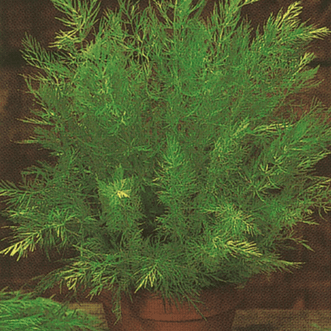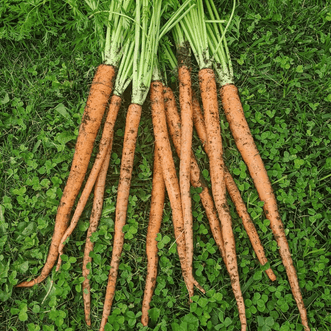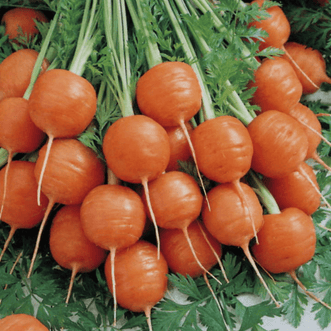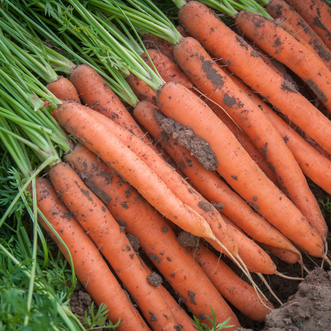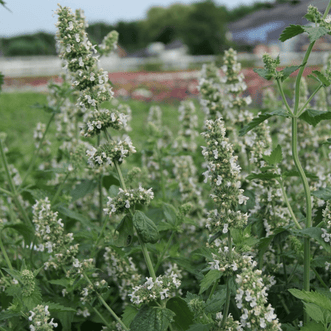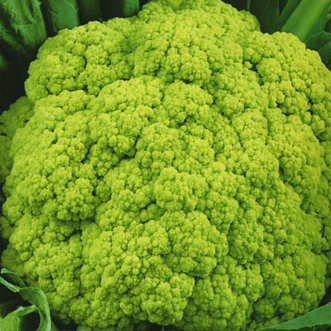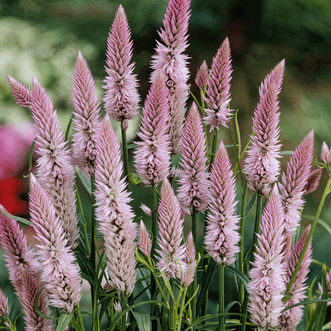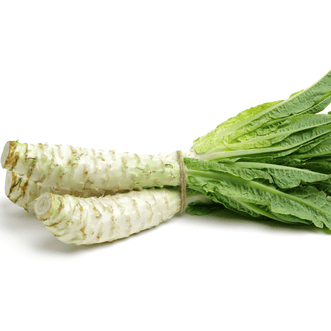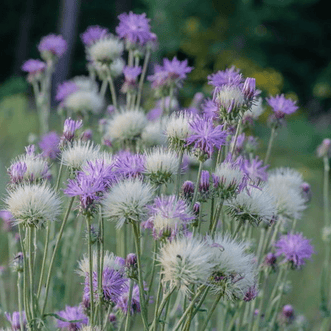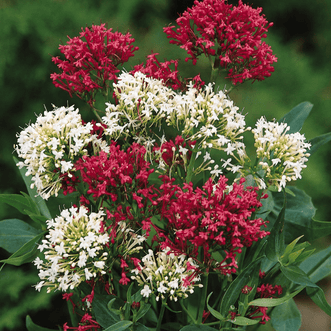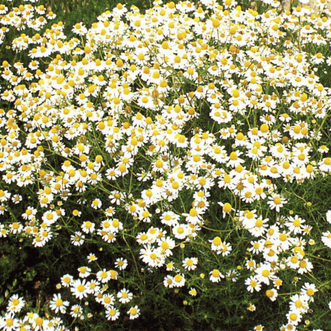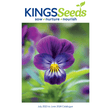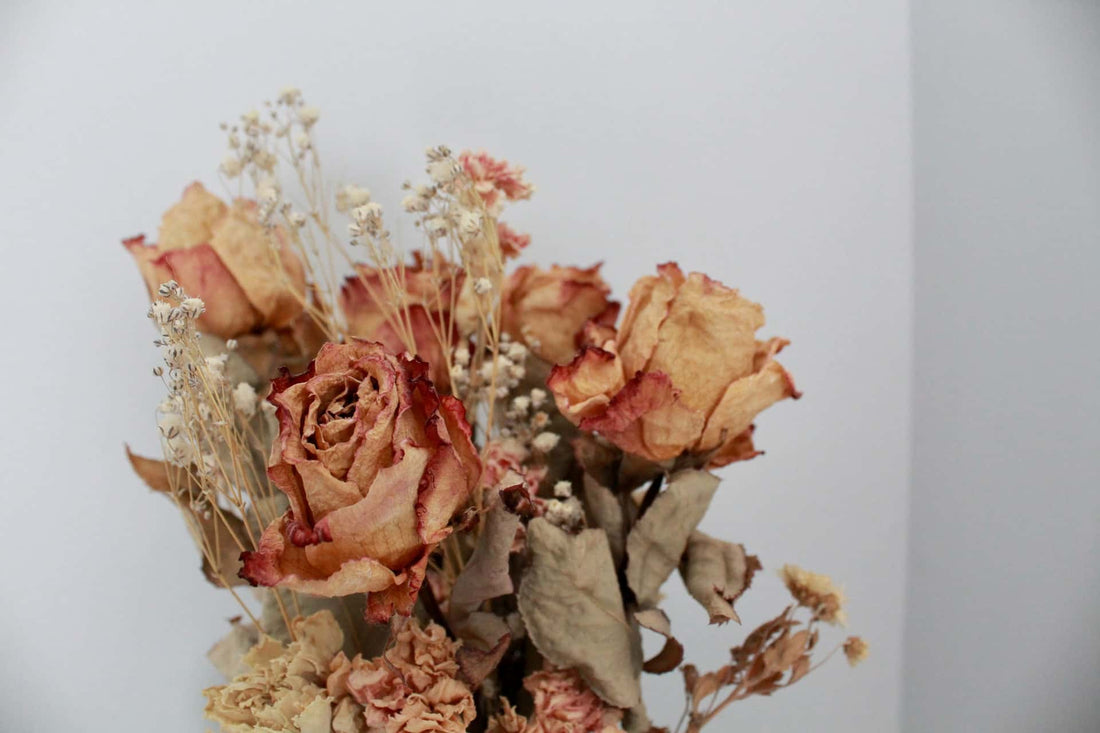
How to Dry Your Flowers
Gerard
Here we are in Autumn/Winter when there is not much colour in our gardens. The only colour in my own garden comes from the camellias, which are looking great, but here's another idea I have been exploring.
A nice way to continue to enjoy your flowers is to dry them. Once dried, they can be used in many ways, including in your cocktails and cooking, for display, for events such as weddings, in floral arrangements, in craft projects, for making pot-pourri and to distribute fragrance in a room.
There is a plethora of websites that sell freeze-dried flower petals, particularly for events such as weddings. They can be used as a lovely substitute for confetti and can be strewn on path or aisle, scattered on the reception tables and used in flower-girl baskets. And not just for weddings....how about using them to create a bit of romance, scattered amongst your candles on the dinner table or on the bed?
Picking Your Flowers for Drying
Pick your flowers from the garden for drying in the late morning or afternoon as the moisture needs to be at a minimum. The aim is to have the flower heads open and not wilting or droopy from the heat of the sun.
Air Drying
This is a great way to dry your flowers when you prefer to work chemical-free.
Firstly, sort your flowers, discarding any that are damaged by insects or disease. Bunch together 8-12 stems with a rubber band or similar - something that will still hold the stems as they dry and decrease in size. Fashion a hook or tie that enables the flowers to hang upside down allowing the weight of the flowers to help keep the stems and the flower itself straight on the stem. Hang out of direct sunlight in a well ventilated room that does not get too hot or damp. Make sure there is space around each bunch, allowing good air movement.
Over the next few weeks, check that your bands are holding each bunch securely and re-tie if necessary. It takes approx 3-4 weeks to air-dry your flowers.
Drying in the Microwave
This is another simple way to dry flowers and foliage without loss of colour. Here is a simple method.:
- If your microwave if it is a high powered, use the low power setting for drying flowers and foliage.
- Place a paper towel in the bottom of a microwave dish large enough to fit the item that you wish to dry. Place the flower petals/foliage onto the paper towel and cover with another paper towel.
- Microwave for 20 seconds, then check for dryness.
- Continue in 10-20 second bursts until the item is dry but not brittle. Change the paper towel and dry the dish in-between if there is moisture.
- Once the item is dry, leave for 24hrs on clean paper towel before using.
If you are keen to maintain the shape of the flower, another method for microwave drying involves using silica gel (found in craft stores or save all the little packets you find in various things you buy):
- Place 1-2 inches of gel in the bottom of your microwave dish.
- Place your flower carefully on the gel with the flower facing upwards.
- Pour more gel carefully around the flower, taking care not to flatten the petals, until it is practically covered. Use lots to maintain the shape (you can reuse your gel).
- Dry as above, then leave for 24 hours. After a day you can carefully remove the flowers and dust off with a small brush.
Flowers that can be dried for Display
Amaranthus Green SpikeBells of Ireland
Candytuft Flash Mixed
Echinops Blue Globe
Gomphrena Strawberry Fields
Gypsophila Virgo
Helichrysum Everlasting White and Rose
Hollyhock Black
Honesty Sissinghurst White
Larkspur Scarlet Double & Summer Sun Mix
Nigella Love in a Mist
Salvia Tricolour Mix
Scabiosa House Hybrids and Starball
Hydrangeas
Large flowered peony poppies
Pot Pourri
Pot pourri is a mixture of dried plant matter that has a fragrance. This includes flowers, foliage, herbs and spices that can be displayed in decorative bowls or open containers around an indoors area. The mixes can also be put into sachets or bags to hang around the room or in wardrobes/cupboards for a lovely fragrance. I use them in my hot-water cupboard and a lovely scent wafts out to greet me each time I open the door. Create your own mix of fragrances to suit your personal tastes or for a special occasion. Lavender and rose are probably the most well known ingredients for pot pourri, but if you need some ideas of what to include, here is a list:
Traditional pot pourri ingredients include fennel seed, dried rosemary, lavender, orange skins, lemon balm, mignonette, marjoram and mint.
Modern day additions which you could also add to the above ingredients could be seed pods, wood chips of differing sizes, whole flower buds, pinecones, or cinnamon sticks.
With the trends tending towards the rustic and earthy tones in home decoration, along with creating a cozy warm feeling with cushions, throws and candles, pot pourri is making a come-back and you will find it readily available to buy in most home decor shops, as are an amazing array of containers in which to display it.
Dried Flowers in your Cocktails
Viola Edible Mix is in our flower range. These are good to dry and then put in your cocktails for something a little different. You can also buy them in most gourmet food shops. Try them in a glass of bubbles, in your martini or mojito. The options are endless.
Dried Flowers in your Baking
An interesting way to use dried lavender is in baking. I recently read a report that Kate Middleton has found Lavender Shortbread a delicious treat during her pregnancy. The anti-nausea properties of lavender make this a very practical sweet indulgence for the Duchess. I figure anything that's good enough for royalty is certainly worth a try, so here's an easy recipe:
LAVENDER SHORTBREAD
½ Cup butter, room temperature¼ Cup lavender sugar (see below for recipe)
½ tsp vanilla
1 Cup plain flour
½ tsp dried lavender flowers (optional)
pinch salt
1. Pre-heat oven to 170oC/350oF.
2. Beat butter, sugar and vanilla until pale and creamy.
3. Add flour, lavender and salt.
4. Mix until you have a soft dough.
5. Press dough into an ungreased 23cm round pan.
6. Poke with a fork and press down around edges with fork tines.
7. Bake for 15 mins until pale golden.
8. Cool for 10 mins.
9. Slice into wedges while warm and sprinkle with a little extra sugar. (makes approx 16 wedges)
LAVENDER SUGAR
Mix 500g castor sugar & 1 tsp dried lavender flowers (ensure they are food grade or harvested from your garden). Store in an airtight container for up to 6 months.Hope you enjoy trying dried flowers. We would love to see photos of your experiments.

